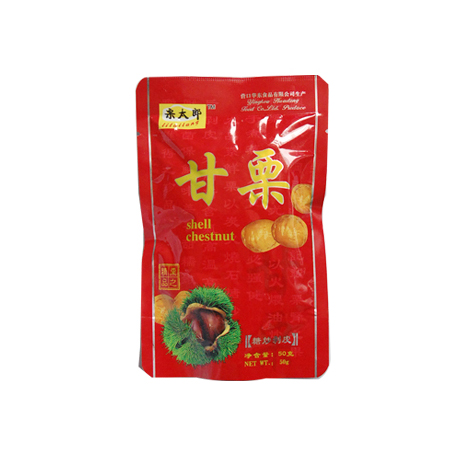

The yield quality of Chinese chestnut taro ranks first among the world's edible chestnuts. The shape of chestnut fruit is exquisite beautiful, with a sweet delicious flavor. For many years, chestnut, as a traditional export commodity of China, has been exported to more than 20 countries such as Japan, Singapore, the Philippines, Thailand, Canada, the United States, the Hong Kong, Macao, Taiwan regions of China.
When selecting raw chestnuts, it should be noted that naturally ripe chestnuts have a bright red surface color, smooth roots, short gray white fluff at the top without wormholes, naturally generated small pits. After peeling, the flesh of the chestnuts is pure white.
Chestnuts eaten raw can effectively retain nutrients, but their high starch content makes them difficult to digest prone to bloating. It is often cooked together with other ingredients in household dishes. Classic dishes include braised Stewed chicken with chestnuts with dates, chestnut Braised pork belly in brown sauce, etc. Growth characteristics: Likes sunlight, insufficient sunlight can cause branches to wither bear fruits. The requirements for soil are strict, preferring fertile, warm, well drained sandy sandy loam soil with strong resistance to harmful gases.
